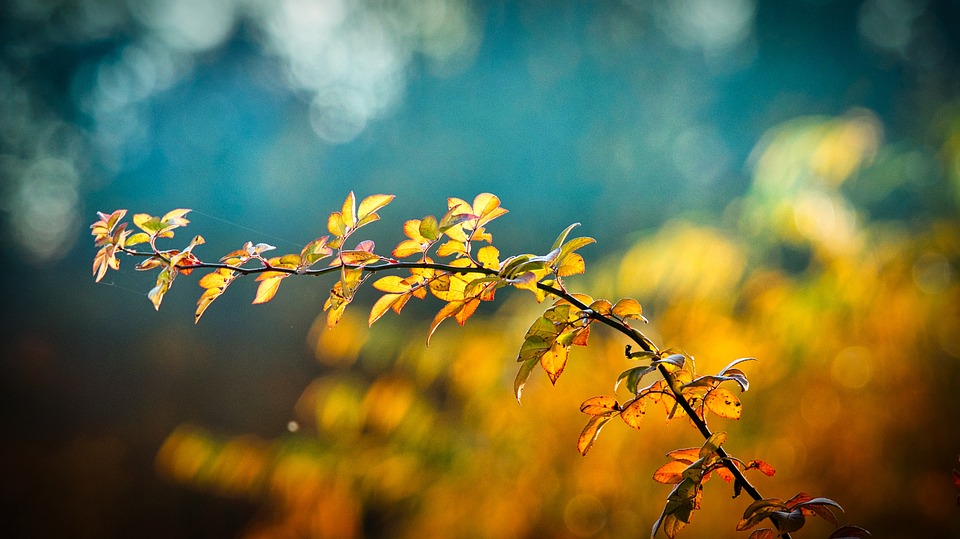Digital artistry has become increasingly popular in recent years, as artists seek new ways to express their creativity and bring new life to traditional subjects. One such subject is Niagara Falls, a natural wonder that has captivated artists and visitors alike for centuries.
Niagara Falls has long been a source of inspiration for artists, with its powerful cascades, lush surroundings, and dramatic cliffs. From early landscape paintings to modern digital interpretations, artists have sought to capture the beauty and grandeur of the falls in their work. In this article, we will explore the evolution of digital artistry in the context of Niagara Falls and examine some modern interpretations of this iconic natural wonder.
The first known artistic representations of Niagara Falls date back to the early 19th century, when European and American artists began to travel to the region in search of inspiration. Paintings and sketches from this time depict the falls as a majestic and untamed force of nature, surrounded by dense forests and rocky cliffs. These early works laid the groundwork for the artistic interpretation of Niagara Falls, setting a precedent for future generations of artists to explore and reimagine the subject in their own unique ways.
As technology advanced and new artistic mediums emerged, artists began to experiment with new ways of capturing the essence of Niagara Falls. Photography, film, and eventually digital art offered artists the opportunity to bring a fresh perspective to the falls, allowing for new levels of creativity and expression.
In the 21st century, digital art has exploded in popularity, with artists using advanced software and techniques to create stunning visual representations of Niagara Falls. One such artist is Jolene Smith, a Canadian digital artist known for her vibrant and dynamic interpretations of natural landscapes. Smith’s digital artworks of Niagara Falls combine bold colors, intricate details, and innovative compositions to offer a fresh take on this timeless subject.
In her series “Niagara Reimagined,” Smith explores the falls from a variety of angles and perspectives, experimenting with different lighting effects, textures, and visual styles to convey the ever-changing nature of the falls. Through her use of digital tools, Smith is able to manipulate and enhance the natural elements of the landscape, creating a sense of movement and dynamism that is both visually striking and emotionally evocative.
Another artist pushing the boundaries of digital artistry in the context of Niagara Falls is Daniel Chen, a Chinese-American artist known for his surreal and dreamlike interpretations of natural landscapes. Chen’s digital artworks of Niagara Falls challenge traditional notions of realism and perspective, offering viewers a unique and immersive experience of the falls. Through his use of digital manipulation and abstract techniques, Chen creates otherworldly visions of the falls, blurring the line between reality and imagination.
Chen’s series “Falls of the Mind” presents Niagara Falls as a surreal dreamscape, where vibrant colors, distorted shapes, and fluid textures blend together to create a sense of wonder and awe. By embracing the limitless possibilities of digital art, Chen invites viewers to reexamine their preconceived notions of the falls and experience it in a new and unexpected way.
In addition to individual artists, digital artistry has also been embraced by the tourism industry and cultural institutions as a means of promoting and preserving the legacy of Niagara Falls. Through virtual reality experiences, interactive installations, and digital exhibitions, visitors are able to engage with the falls in innovative and immersive ways, gaining a deeper understanding and appreciation for this natural wonder. The use of digital artistry in this context not only enhances the visitor experience but also ensures that the legacy of Niagara Falls will continue to inspire future generations of artists and admirers.
As digital artistry continues to evolve and expand, the possibilities for reimagining and interpreting Niagara Falls are virtually endless. From hyper-realistic renderings to abstract and surreal visions, artists are able to push the boundaries of traditional representation and offer new perspectives on this timeless subject. Through their inventive use of digital tools and techniques, artists like Jolene Smith and Daniel Chen are able to capture the spirit and essence of the falls in ways that were previously unimaginable, creating a dynamic and ever-changing dialogue between nature and art.
In conclusion, digital artistry has become an essential and exciting avenue for modern interpretations of Niagara Falls, offering artists the opportunity to experiment, innovate, and express their creativity in new and compelling ways. Through the use of advanced technology and cutting-edge techniques, artists are able to push the boundaries of traditional representation and offer fresh perspectives on this iconic natural wonder. As the legacy of Niagara Falls continues to inspire and captivate artists and visitors alike, the role of digital artistry in shaping our understanding of this timeless subject will only continue to grow in significance.

